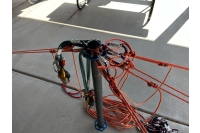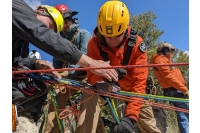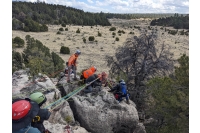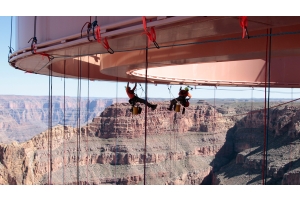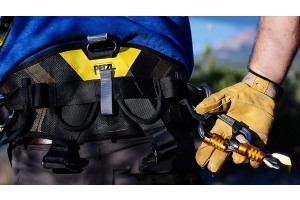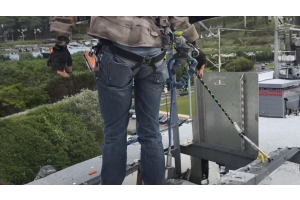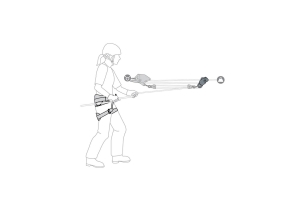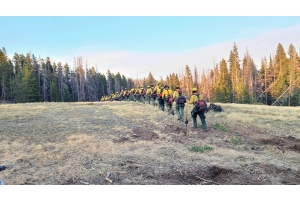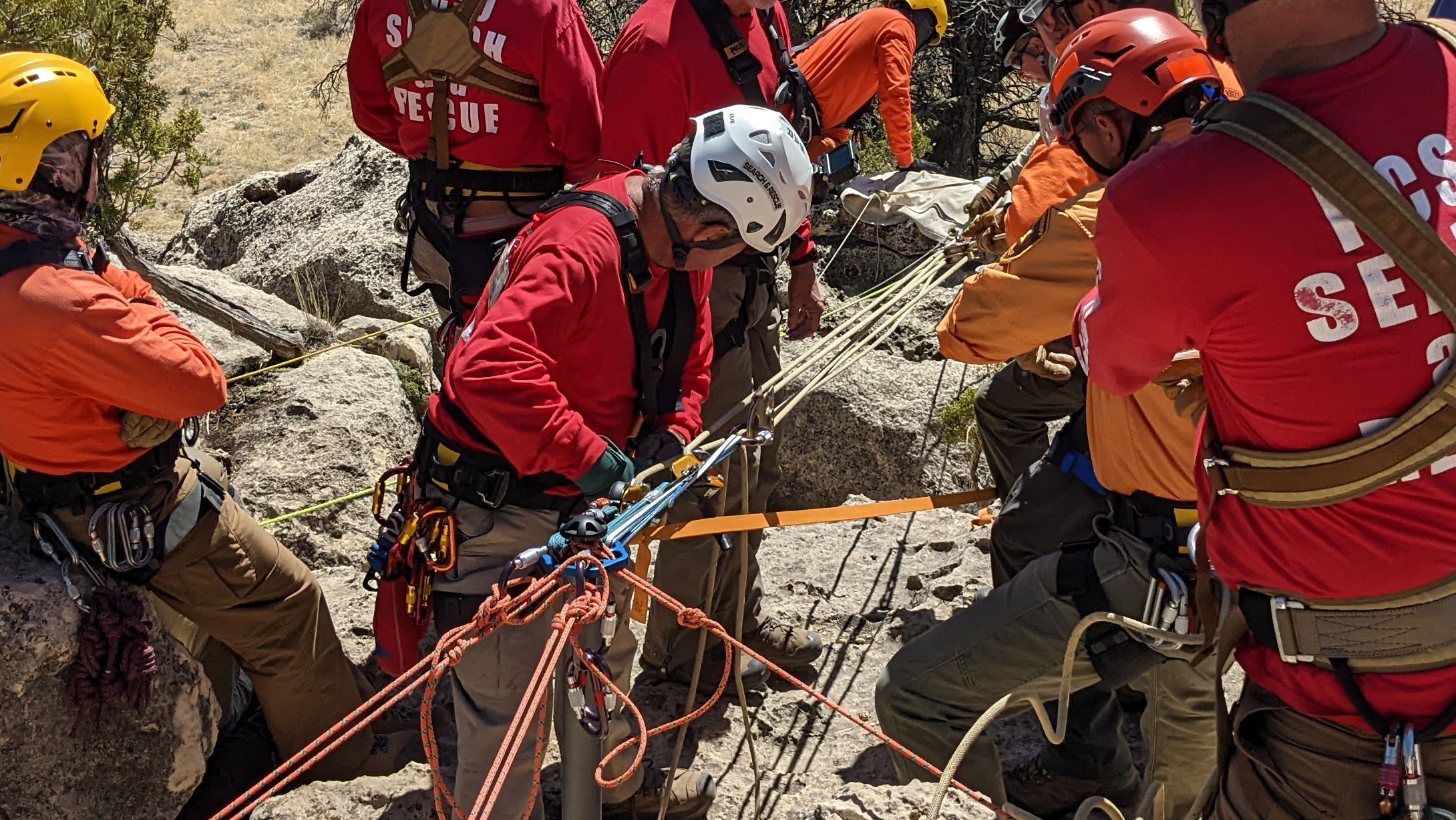
Are You an Asset or a Liability?
This is part one of a three-part discussion on your role as a Technical Search and Rescue (TSAR) team or organization. Part one will explain the expectations of your rope rescue competencies based on your learning and training level. Part two will shed light on shortfalls I’ve seen out in the field by supposed operations level wilderness rescue personnel. Part three will focus on the self-evaluation of team members and organizations that deploy incompetent personnel into life-saving environments.
So, let’s dive into the expectations of the job you are signing up for.
Part One - Understanding Competence and Proficiency in Technical Search and Rescue: Exploring NFPA 2500 Operations Levels and the Four Stages of Learning
The four stages of learning, also known as the "conscious competence" model, can be applied to the operations levels of Awareness, Operations, and TSAR regarding NFPA 2500. This is how these stages align with each level:
Unconscious Incompetence: At the Awareness level, individuals may be in the stage of unconscious incompetence. They may not be aware of the specific skills and knowledge required for TSAR. However, as they receive training and gain awareness, they move towards the next stage.
Conscious Incompetence: In the Operations level, individuals become consciously aware of their lack of proficiency in certain areas. They recognize the skills they need to develop and work towards improving their competence. They receive training and guidance to bridge the gap between their current and desired skill level.
Conscious Competence: As individuals progress in their technical SAR journey, they reach the stage of conscious competence. At this level, they have acquired the necessary skills and knowledge to perform tasks effectively. They can apply their expertise with focus and concentration, following established procedures and safety protocols.
Unconscious Competence: The Technician level represents the highest level of proficiency and expertise in TSAR. Individuals in this stage have developed such a high level of skill that their actions become automatic and intuitive. They can perform complex tasks effortlessly, often without conscious thought.
It's important to note that the progression through these stages may vary for everyone, and the time taken to reach each stage can differ based on factors such as experience, training, and aptitude.
While the stages of learning provide a framework for understanding skill development, it's crucial to refer to specific industry standards, such as NFPA 2500, for detailed information on the skills and qualifications required at each operations level.
Now that the black and white are out of the way, look for the next blog where I bring to light my observations on the competence levels of TSAR personnel I’ve seen in the field.

